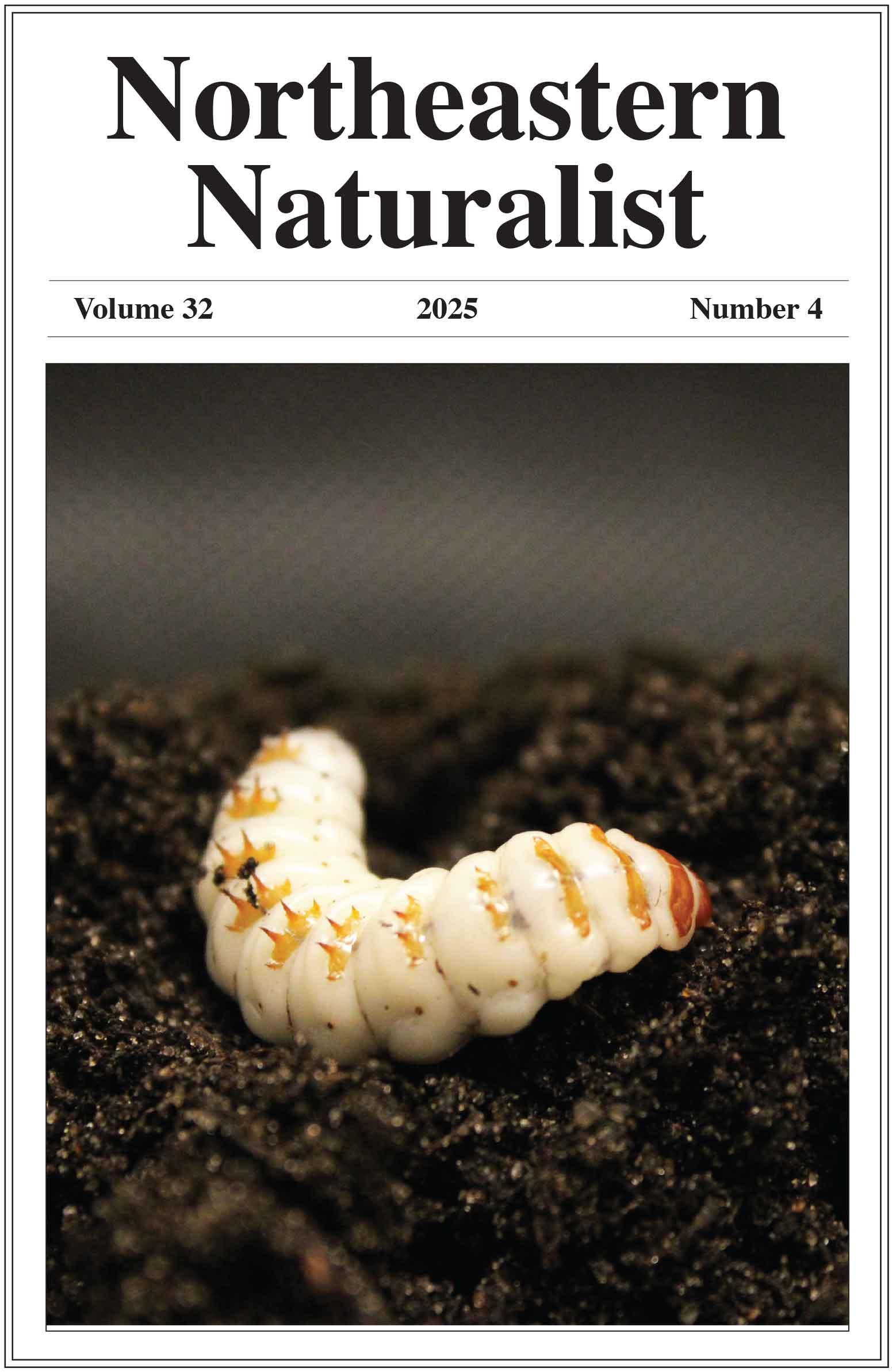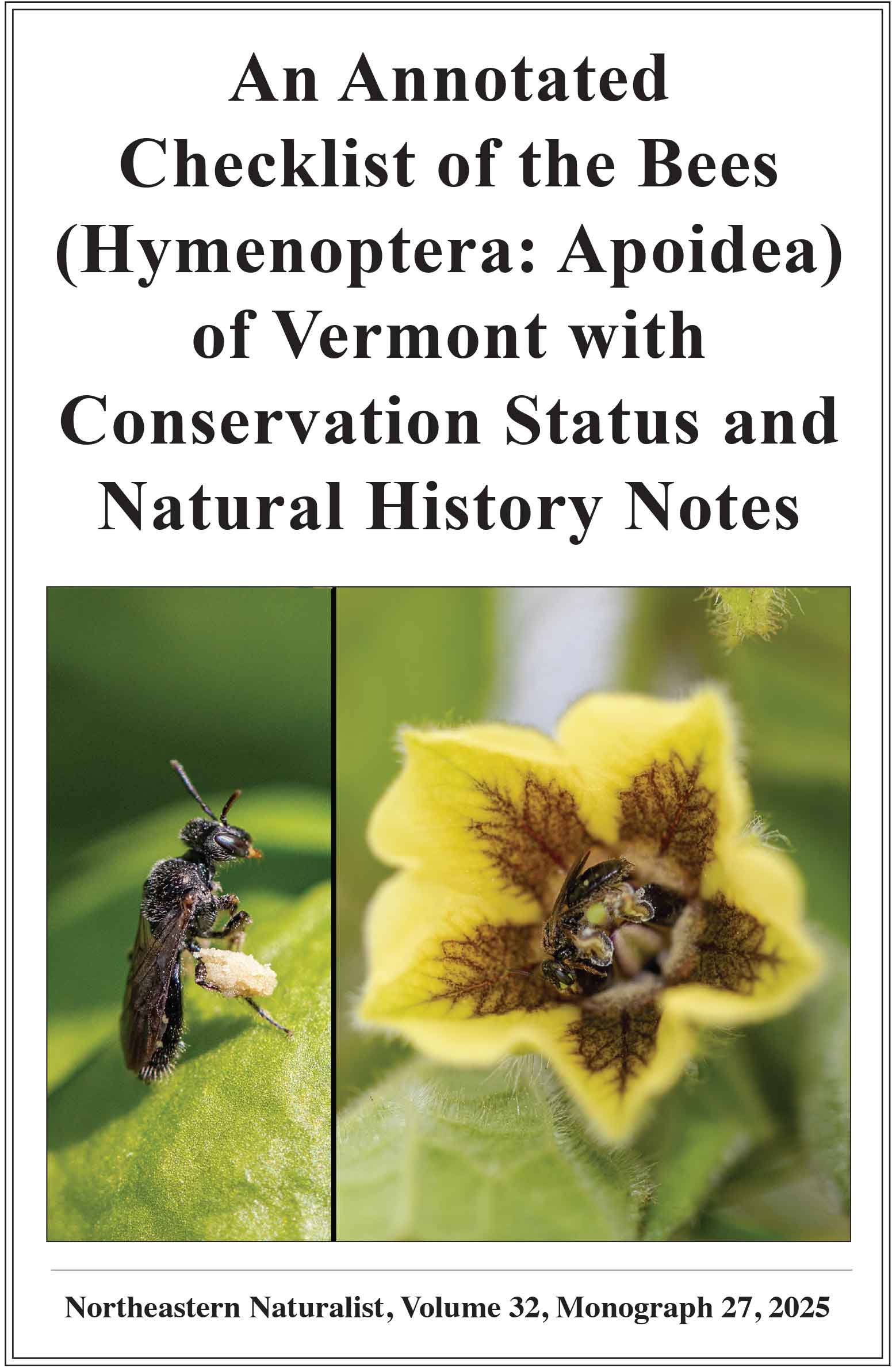Patterns of Contemporary Genetic Variation and Effective Population Size in Blanding’s Turtle Populations
Mark A. Jordan1,*, Brendan N. Reid2,3, Daniel J. Guinto1, Whitney J.B. Anthonysamy4,Christina M. Davy5, Judith Rhymer6, Michael Marchand7, Matthew Cross8, Gregory Lipps Jr.9, Yu Man Lee10, Bruce Kingsbury1, Lisabeth Willey11, Michael Jones12, Jonathan Mays6, Glenn Johnson13, and Lori Erb14
1Department of Biological Sciences, Purdue University Fort Wayne, 2101 E. Coliseum Boulevard, Fort Wayne, IN 46805. 2University of California Santa Cruz, Department of Ecology and Evolutionary Biology, 130 McAllister Way, Santa Cruz, CA 95060. 3Rutgers University, Department of Ecology, Evolution, and Natural Resources, 14 College Farm Road, New Brunswick, NJ 08901. 4University of Health Sciences and Pharmacy, St. Louis, MO 63110. 5Department of Biology, Carleton University, Ottawa, ON K1S 5B6, Canada. 6Department of Wildlife, Fisheries, and Conservation Biology, University of Maine, Orono, ME 04469. 7New Hampshire Fish and Game Department, 11 Hazen Drive, Concord, NH 03301. 8Toledo Zoo Conservation Department, 2 Hippo Way, Toledo, OH 43609. 9Department of Evolution, Ecology, Organismal Biology, Ohio State University, 318 W. 12th Avenue, 300 Aronoff Laboratory, Columbus, OH 43210. 10Michigan Natural Features Inventory, Michigan State University Extensions, 1st Floor Constitution Hall, 525 W. Allegan St., Lansing, MI 48933. 11Massachusetts Cooperative Fish and Wildlife Research Unit, University of Massachusetts Amherst, 160 Holdsworth Way, Amherst, MA 01003. 12Natural Heritage and Endangered Species Program, Massachusetts Division of Fisheries and Wildlife, 1 Rabbit Hill Road, Westborough, MA 01355. 13Department of Biology, SUNY College at Potsdam, Potsdam, NY 13676. 14Mid-Atlantic Center for Herpetology and Conservation, PO Box 620, Oley, PA 19547. *Corresponding author.
Northeastern Naturalist, Volume 31, Special Issue 12: E131–E150
First published early online: 31 August 2024
Abstract
Adequate genetic variation in a population is fundamental to reducing the risk of inbreeding depression in the short term and maintaining its ability to respond to evolutionary forces over the long term. There are now several studies that use microsatellite loci to assess genetic variation within populations across the geographic range of Emydoidea blandingii (Blanding’s Turtle), but direct comparisons among studies have not been conducted. We present estimates of allelic richness (A) and expected heterozygosity (HE) from 59 localities across much of the species’geographic range and compare them using a resampling method that calibrates values relative to a reference population to account for different sample sizes and microsatellite panels. We further compared these measures between 2 datasets, from the midwestern US and from the northeastern US, that were made compatible using a sample of re-genotyped individuals. In both cases, we found lower A and HE in the northeastern localities. We also developed a sensitivity analysis of effective population size (Ne) estimation with the linkage disequilibrium method (NeLD) that used a well-sampled population modelled in the program ‘NeOGen’ to explore the effects of adult population size (NC), sample size, and locus number while accounting for overlapping generations, life history, and demography. We find that it is possible to estimate Ne with accuracy and precision in populations with NC < 400 when sample size is ~25% of adult population size and ≥11 microsatellite loci are used. With this benchmark, we then estimated NeLD in 7 localities using single-sample linkage disequilibrium in NeEstimator, a method that does not account for overlapping generations, demography, and life history but is more accessible for users. This approach overestimated NeLD by ~37%. Collectively, our analyses of genetic variation within populations facilitate assessment of population status and resiliency in Blanding’s Turtles by demonstrating the range of genetic variation across a large number of populations and developing a baseline for the estimation of effective population size in natural populations.
![]() Download Full-text pdf (Accessible only to subscribers. To subscribe click here.)
Download Full-text pdf (Accessible only to subscribers. To subscribe click here.)
Access Journal Content
Open access browsing of table of contents and abstract pages. Full text pdfs available for download for subscribers.
Issue-in-Progress: Vol. 33(1) ... early view
Check out NENA's latest monograph and Special Issue:













 The Northeastern Naturalist is a peer-reviewed journal that covers all aspects of natural history within northeastern North America. We welcome research articles, summary review papers, and observational notes.
The Northeastern Naturalist is a peer-reviewed journal that covers all aspects of natural history within northeastern North America. We welcome research articles, summary review papers, and observational notes.